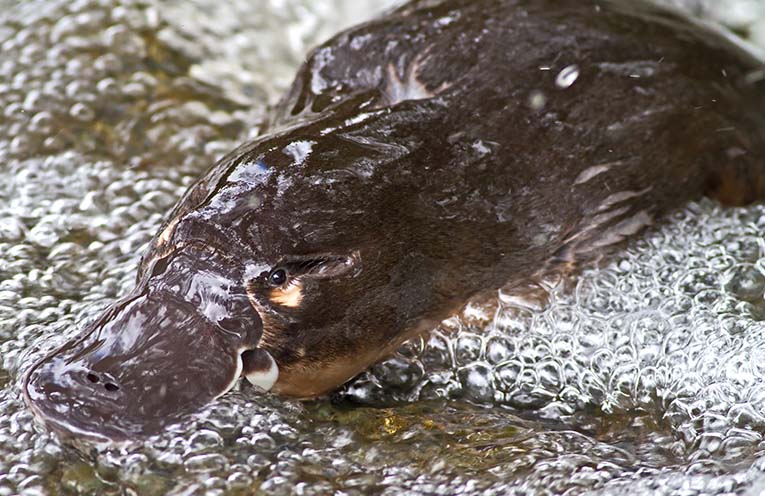
ACCORDING to the World Wildlife Fund, Australia has the worst mammal extinction rate of any country in the world, and the catastrophic bushfires of 2019-20 impacted nearly three billion animals and have pushed many more of our precious wildlife on the fast-track towards extinction.
The World Wildlife Fund states that the rampant destruction of threatened species habitat continues at an unprecedented rate due to the loopholes and failures of Australia’s national nature laws – The Environment Protection and Biodiversity Conservation (EPBC) Act 1999.
 Advertise with News of The Area today.
Advertise with News of The Area today.It’s worth it for your business.
Message us.
Phone us – (02) 4981 8882.
Email us – media@newsofthearea.com.au
However we as individuals can contribute to change by becoming citizen scientists.
With a rubbery duck bill, webbed feet and fur, the platypus (Ornithorhynchus anatinus) is one of Australia’s strangest and most iconic animals.
The platypus is a monotreme, one of only two mammals in Australia that lay eggs (the other is the echidna).
They really are like no other animal on the planet.
Different groups of First Nations peoples have named the platypus Mallangong, Tambreet, Gaya-dari, Boonaburra and Lar-re-lar.
Platypus can be found near Stroud and in the Barringtons.
The platypus is now at risk of localised extinction in parts of its range.
Land clearing, dams and drought destroy important platypus habitat, leaving them with nowhere to go.
Extreme events like bushfires can put pressure on populations too.
To survive, platypi need a safe habitat to call home.
The Platy Project is one that involves recording where platypuses live so we can understand more about this incredible creature, and help prevent further declines in their numbers.
That’s where citizen scientists can help.
There are places within the platypus’ range where sightings have never been recorded, or where they haven’t been seen for a long time.
These are our biggest gaps in knowledge.
You can help researchers fill these gaps by visiting priority areas, looking for platypuses, and uploading your findings to the University of New South Wales’ platypus sighting database.
You’ll also have an incredible time getting out into nature – and hopefully experience the magical moment of spotting a platypus!
Designed and created by platypus researchers at the University of New South Wales (UNSW), the platy-project map was created to prioritise the biggest gaps in platypus data.
It is known that the platypus has a large distribution – from the tropics of northern Queensland to temperate Tasmania – but little is known about which waterways platypus inhabit, including whether declines in populations or local extinctions have occurred.
Filling these knowledge gaps is a big job, researchers at UNSW are calling for the help of the community to tackle it.
The map can help to identify priority areas near you – and then you can head out to see if you can spot a platypus.
You can find out more at the Australian Conservation Foundation website.
By Marian SAMPSON
